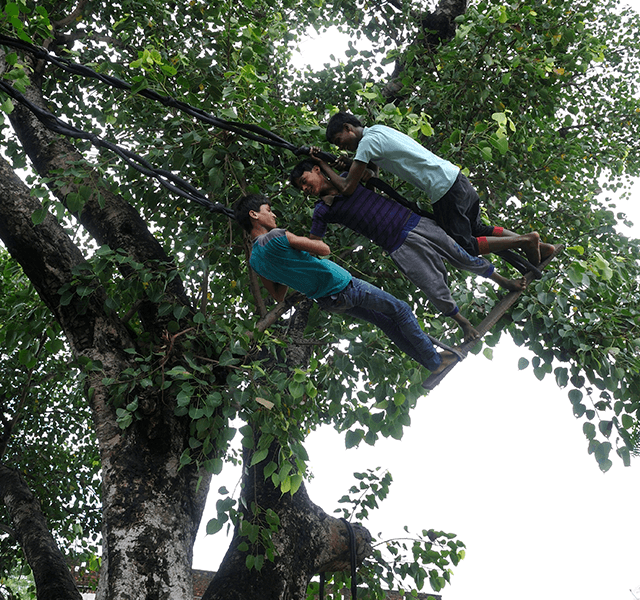

This document examines an initiative in Uttar Pradesh that uses an integrated counselling approach to embed gender responsiveness in reproductive health services. The programme trains Reproductive, Maternal, Newborn, Child, Adolescent Health and Nutrition (RMNCAH+N) counsellors to identify how gender norms, roles, and power inequalities influence health behaviours and service utilisation. It equips them with tools […]
Read MoreTo tackle high neonatal mortality rate (NMR) in Uttar Pradesh due to Respiratory Distress Syndrome (RDS) which is also a leading factor, Government of Uttar Pradesh (GoUP) rolled out the implementation of b-CPAP across SNCUs across the state in a phased manner, starting with 32 units, and supported by a detailed action plan and coordination with various stakeholders.
Read MoreGovernment of Uttar Pradesh launched Behavioral Training for Health Facility Support Staff to improve patient satisfaction and trust in government health facilities. Designed by NHM, it incorporates adult learning principles, participatory methods, and real-world application. The training focuses on improving staff conduct and fostering respectful interactions, aiming to create a patient-centric environment and better healthcare outcomes.
Read MoreTo address the shortage of Specialist Doctors across the state, the Government of Uttar Pradesh initiated the Reverse Bidding Model to improve the density of specialists statewide. This transparent recruitment model attracts specialists to underserved areas by allowing them to bid for monthly pay, capped at ₹ five lakhs. Specialists could select preferred districts and participate in a reverse auction.
Read MoreThe Uttar Pradesh Health Department, Government of Uttar Pradesh, launched Navjat Shishu Suraksha Karyakram (NSSK) to reduce neonatal mortality from birth asphyxia by training Staff Nurses and ANMs. The evaluation revealed gaps like inconsistent knowledge transfer and limited practical exposure. The program was revised to integrate adult learning principles, hands-on training, and better facilitator-to-participant ratios, ensuring uniform skill acquisition and improved newborn care.
Read More